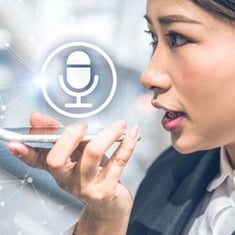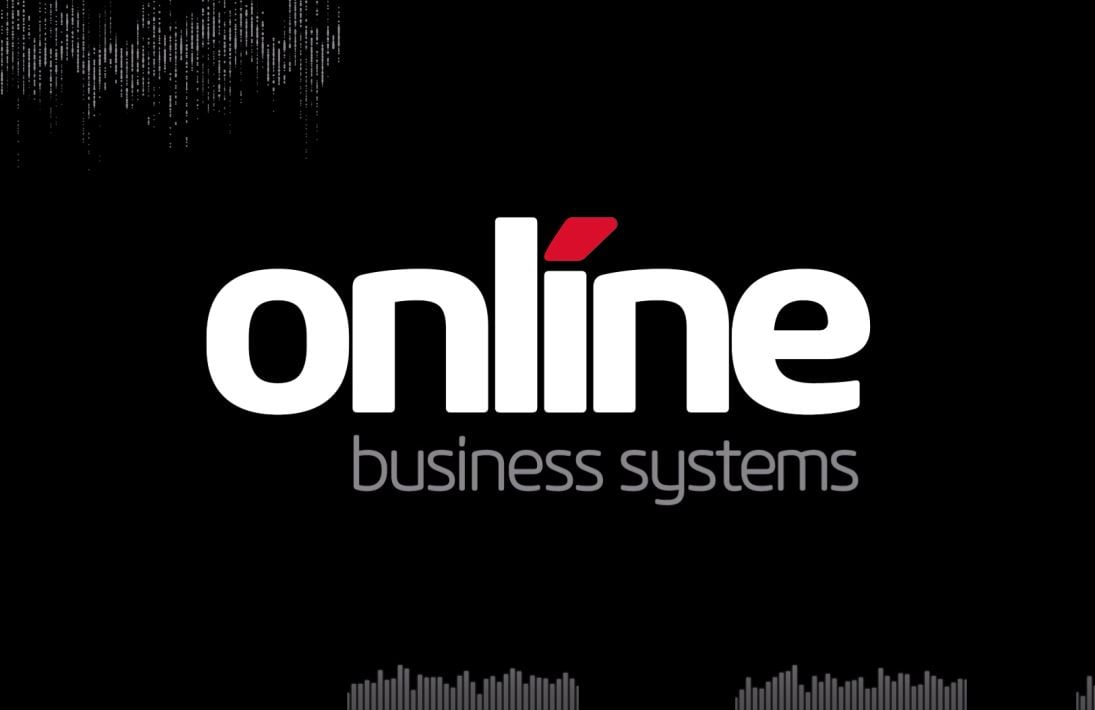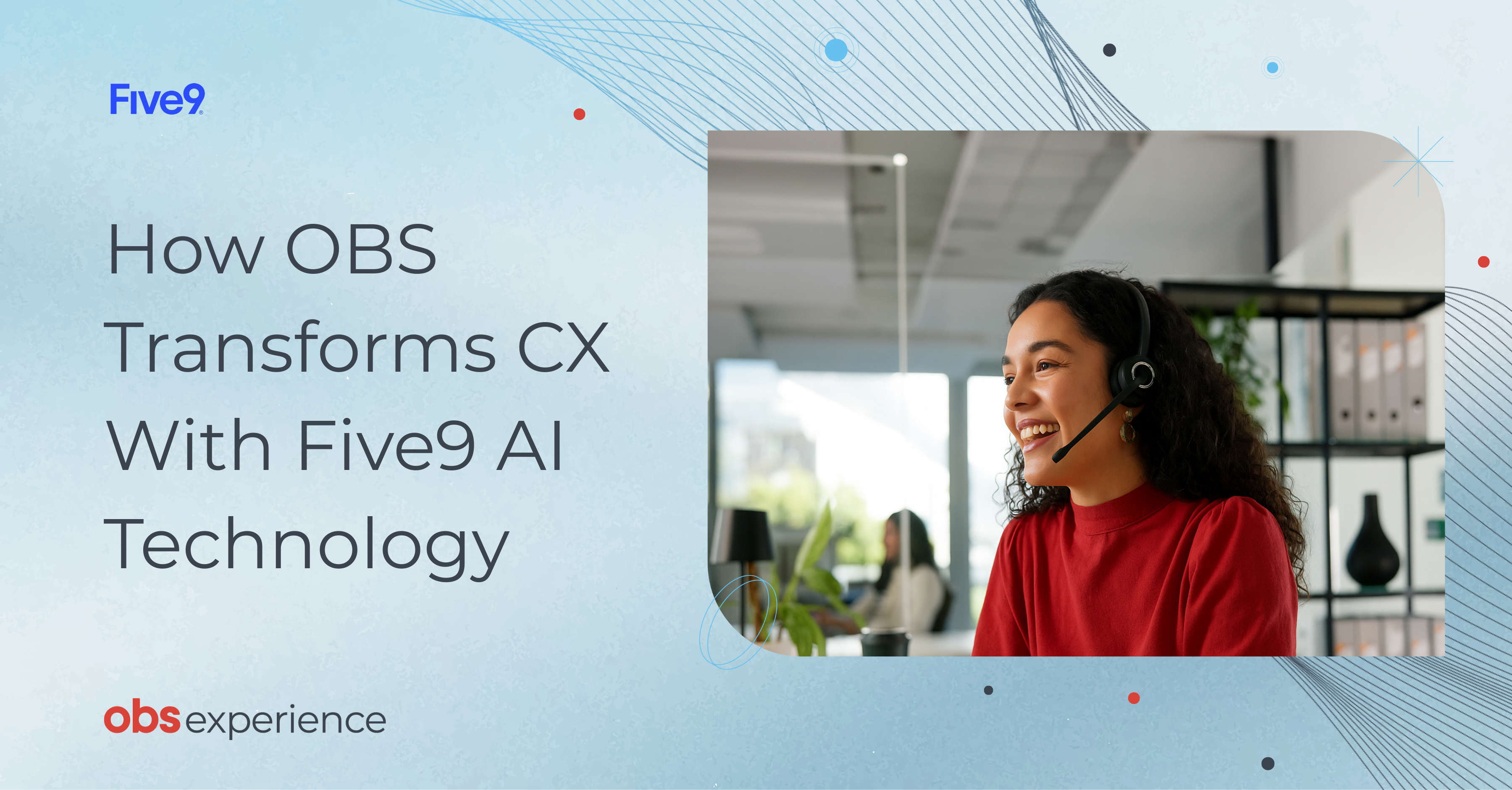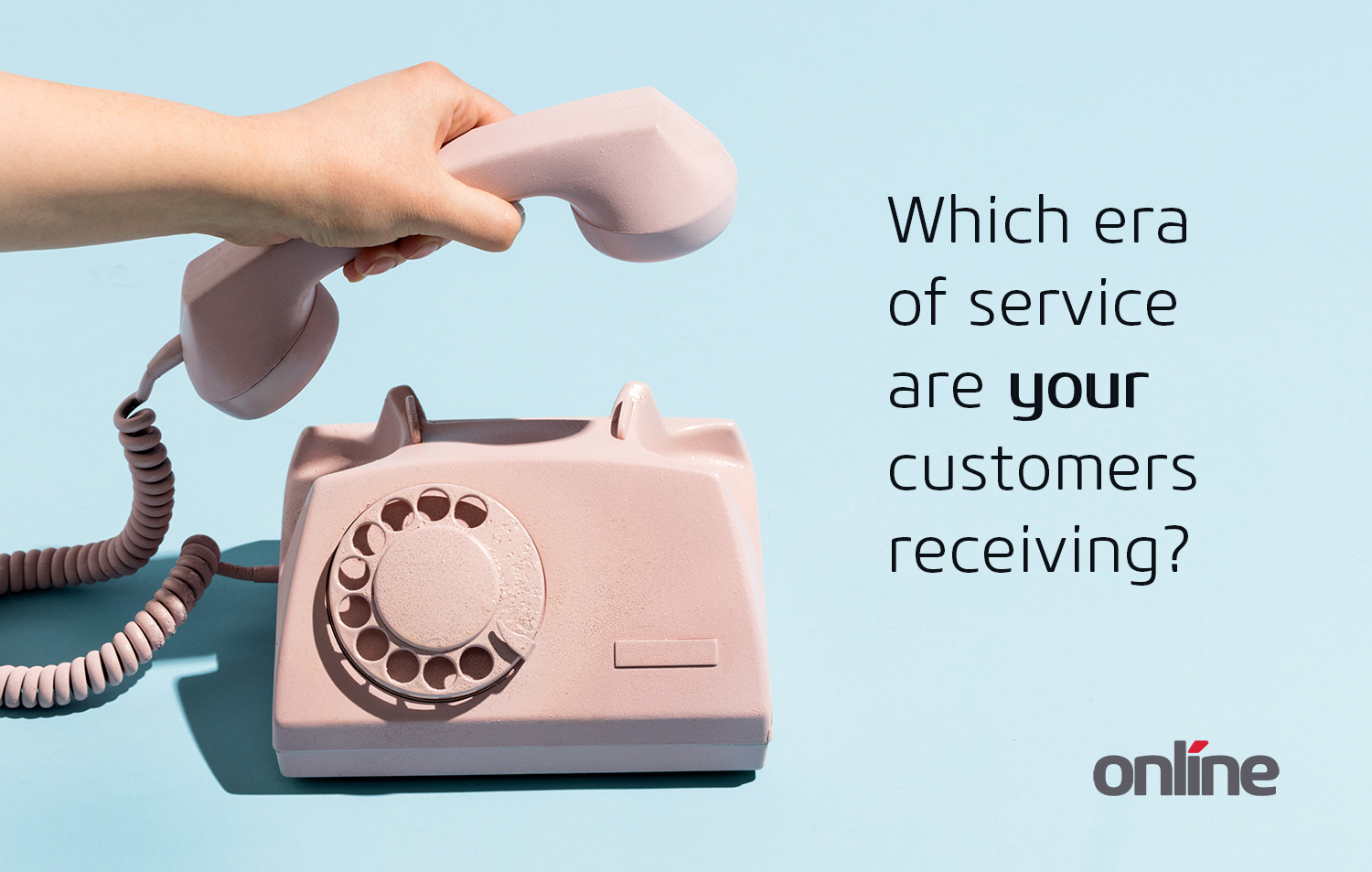Scott McCrea & Jay Gunnel
We talk a lot today about omnichannel self-service. The concept itself is simple. An omnichannel self-service customer experience should be one where your customer can get information they need via whatever channel they choose, whether it be voice, text, web, mobile app, etc. In the end, the experience, the interaction, and the outcome should be consistent across all channels.
It is critical to provide the customer the option to engage using their preferred channel at that moment in time. That’s just how it is. We used to think one channel might win over others, but we soon came to realize people expect to be able to use all the channels at different times and in different situations. They also expect that information (and transactions) started in one channel will be accessible and available in other channels.
All you need is one
To keep the conversation consistent, we needed smarter solutions that could navigate across channels without having to create new solutions for every channel. In short, we needed the technology to evolve so that it could do what we needed in a sustainable way.

With the advent of digital telephony, robust cloud computing platforms and conversational AI development platforms, it is now possible to use a single digital assistant to drive a customer facing business process on all channels. The advantages of having one digital assistant to enable self-service support across all your platforms are obvious.
First, it means integrating with back end systems once, instead of many times across many platforms. Second, it means changes to the digital assistant only need to be made once to be propagated across every channel. Finally, for natural language processing (NLP), it means tuning one NLP engine for all channels.
The overarching advantages are lower costs, faster deployments, and happier customers. This is a game changer – especially in times when companies are looking to reduce costs while delivering an exceptional customer experience.
It’s what you say AND how you say it
True omnichannel self-service digital assistants are built on a platform that empowers companies to build for all channels using one bot workflow and NLP Engine. Let’s look at a few scenarios to see how this can play out:
> Over SMS we can send simple text with a helper prompt: “How can I help you today? You can type New appointment or When is my next appointment. Or type Service or Sales to reach someone in those departments".
> For rich messaging clients we can ask the same question “How can I help you today?” but instead of simple text helpers we can provide clickable suggested responses. These show up as buttons in the messaging interface so the client can simply click on “New Appointment”, “Next Appointment”, “Service”, or “Sales”. They can also type their response or some other phrase for natural language processing.
> For voice we simply want the digital assistant to ask, “How can I help you today?” and wait for the customer to respond. We expect the customer will say “I want a new appointment”, “When is my next appointment?”, or “I want to talk with someone in sales.” But it would be awkward for the conversation to try to say helper prompts every time to every customer. We just look for these keywords in the speech transcription.
How to create a path through the noise?
To keep the conversation consistent, we needed smarter solutions that could navigate across channels without having to create new solutions for every channel. In short, we needed the technology to evolve so that it could do what we needed in a sustainable way. Self-service omnichannel no longer needs to be something we talk about and then struggle to implement, we can deliver.
Where we see companies struggling is knowing where to start. Let us get practical with you for a minute and share with you two discrete use cases to illustrate how you can leverage this technology. We’ve picked two use cases at opposite ends of the spectrum – one is quite simple requiring little integration; the other is more involved and would be part of a larger strategy. Both can leverage the same technology.
Knowledgebase Bot: Deploying a conversational Knowledge Bot within your organization allows employees to self-serve, ask specific questions and get specific answers. Using a Knowledge Bot, you take the knowledge that you already have in a department and make it accessible to your staff quickly, providing immediate responses.
This solution empowers your staff with the ability to quickly access your existing knowledge-base and give them answers they are looking for by self-serving into this conversational communication channel
IVR to Cloud: For companies that have an on-premise contact center, the move to the Cloud is not always an easy one. An investment has been made with contracts in place and servers acquired. Leveraging omnichannel customer self-service technology for their IVR system gives these organizations an opportunity to take a step towards their adoption of Cloud while leaving their contact center on-prem.
You can start by deploying a cloud based IVR and subsequently add in multiple text-based channels on top of your existing IVR logic. This allows for truly omnichannel digital assistants and a consistent, unified self-service interaction flow, regardless of the channel the end user chooses.
This solution can entirely replace your existing IVR and provide you with a flexible true omnichannel self-service solution.
At the end of the day, its never about the buzz words or the technology, it is about the experience your customers have.
If you have questions on how to get started or are looking for recommendations for what toolsets to use, please reach out to us.
We can be reached at connect@obsglobal.com; we’d love to hear from you.
Check out our latest video on User Experience!






Submit a Comment